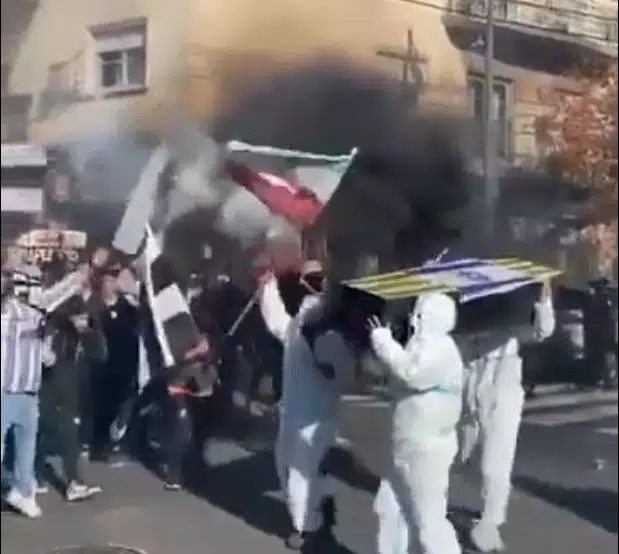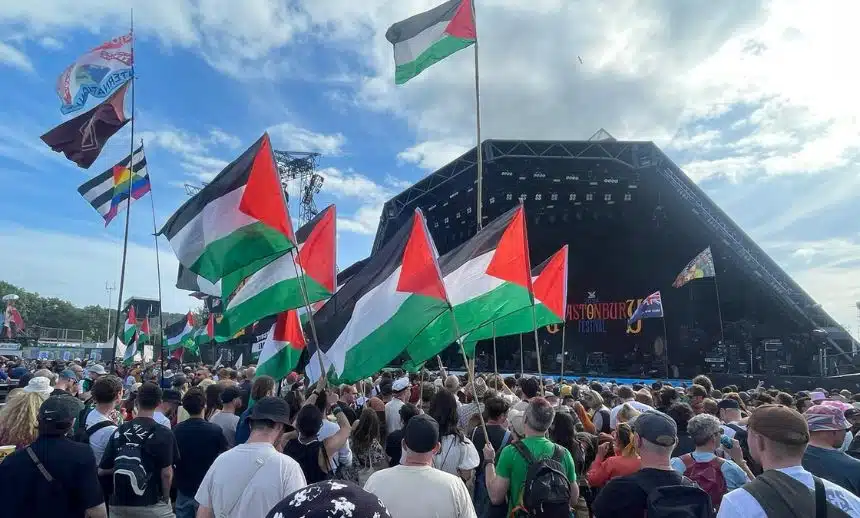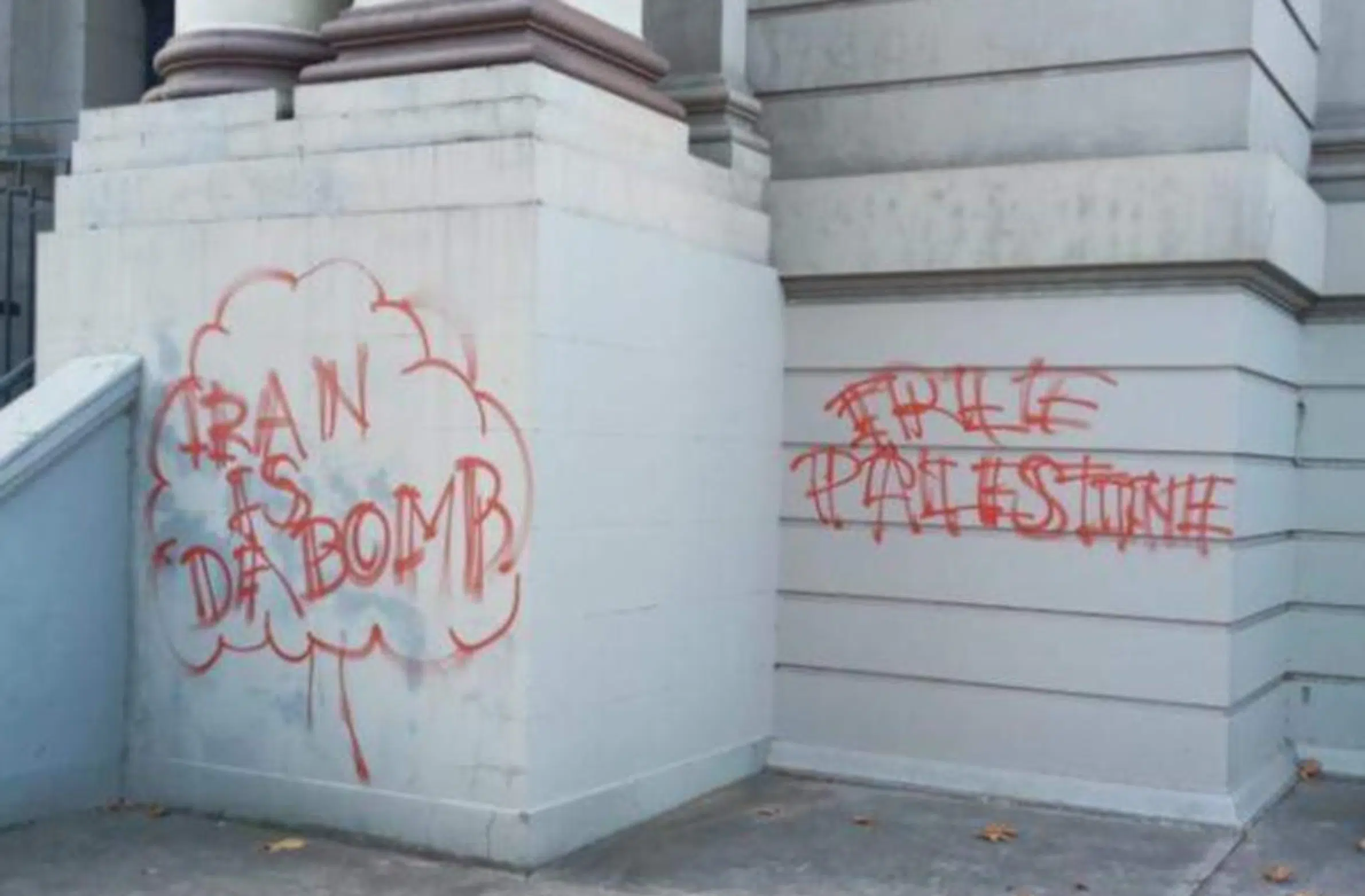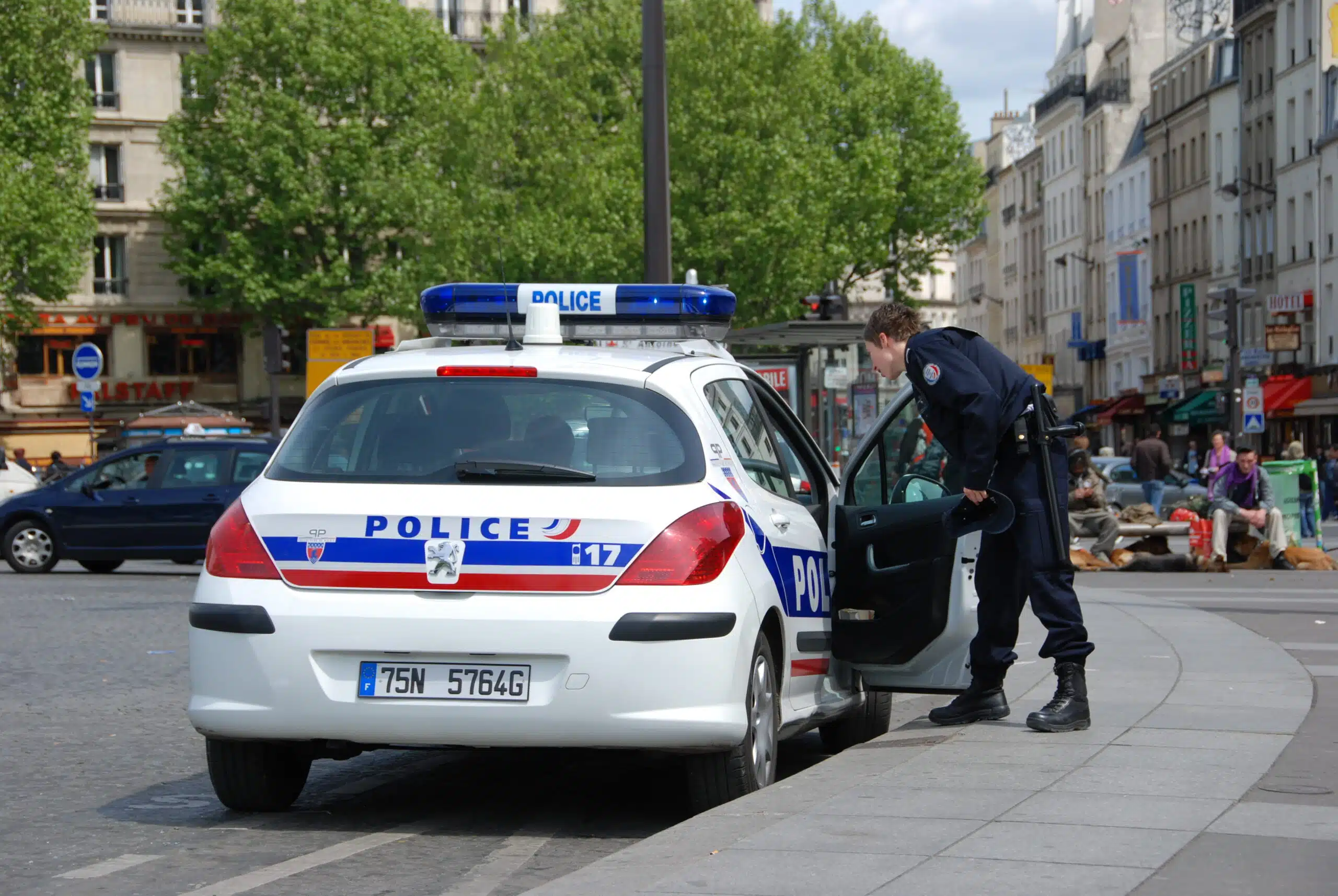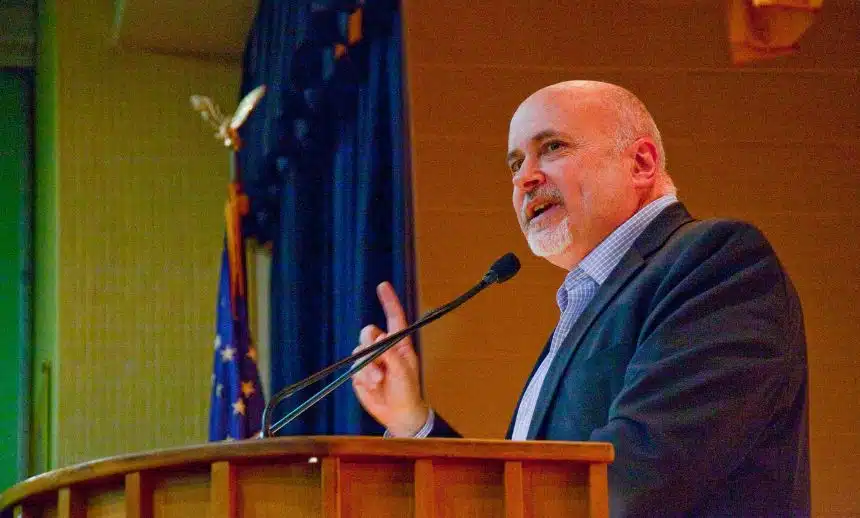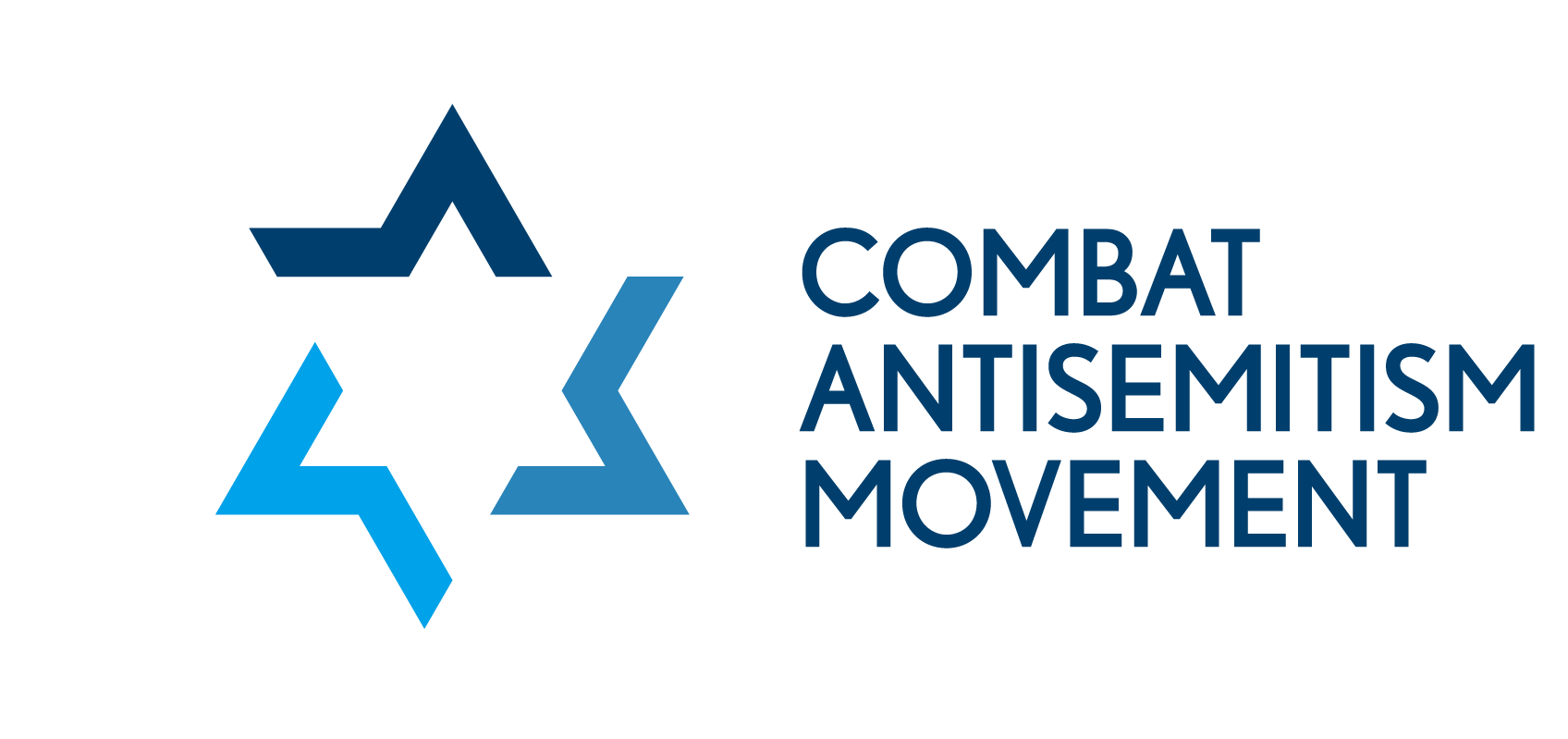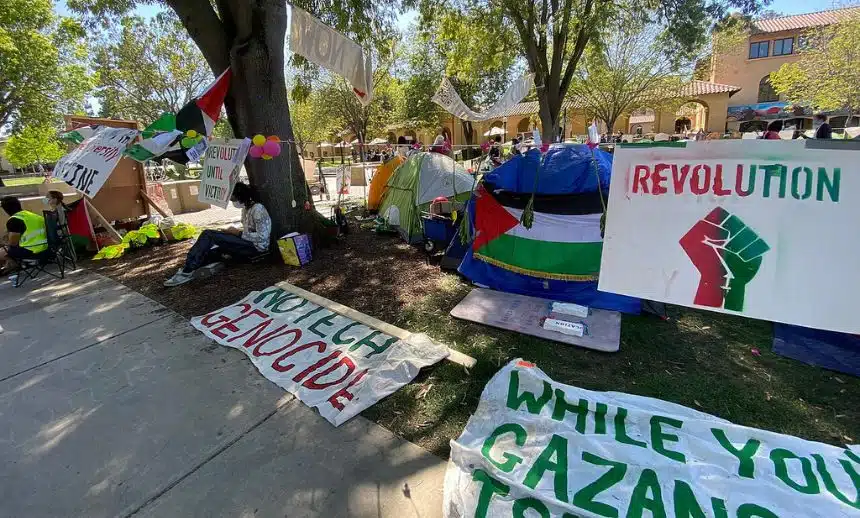
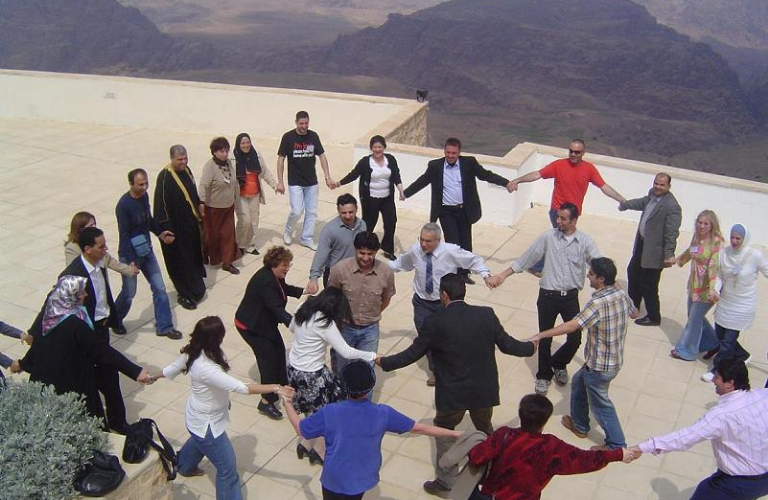
Dialogue NGO Looks to Build Israeli-Palestinian Ties Through Interfaith Engagement
For the past two decades, the Interfaith Encounter Association (IEA) has sought to forge a better future in the Middle East by building bridges between Jews, Muslims and Christians through non-political people-to-people engagement, based on tradition and culture.
The Combat Antisemitism Movement (CAM) recently spoke with IEA Executive Director Yehuda Stolov to learn more about the important peacebuilding work his organization is doing.
When was the IEA established and for what purpose?
The Interfaith Encounter Association started 20 years ago with the idea to build peaceful intercommunal relations on the grassroots level in the Holy Land. This was during the time of the Second Intifada, when it was clear that the governments were limited in their ability to create sustainable peace.
What we could do, and should do, was to build relations between neighboring communities in the Holy Land. People live very near to each other, and if they don’t develop positive interactions, they will develop negative interactions. There is no possibility of no interaction at all.
We very quickly decided that we would not promote or talk about any political model, because if you want to build peace on the grassroots level, you need everyone in, so you cannot identify with one model which alienates others.
You know, when you bring Israelis and Palestinians together, or Jews, Muslims, and Christians together, most likely they will very quickly talk about politics. If we want to leave politics out, we need to provide an alternative, and the alternative we suggested was interfaith exchange.
Because when you meet each other on that level, first it takes the conversation to a deeper level, with deep existential meaning even for the most secular participants. Another advantage is it enables the participants to identify the fact that they have many things in common. But maybe more important is the fact that it allows for people to discuss differences in a constructive way, and through that, they train themselves to develop friendships with people they disagree with, which is the real challenge we are facing.
With many people, you can hear the relief that we are providing a mixed encounter and you don’t have to talk about politics. Because anyone who has some experience is already tired of talking about politics. You know it’s the same arguments that are repeated again and again and again. It’s not so interesting, you don’t learn new things, and it’s always antagonistic and unpleasant.
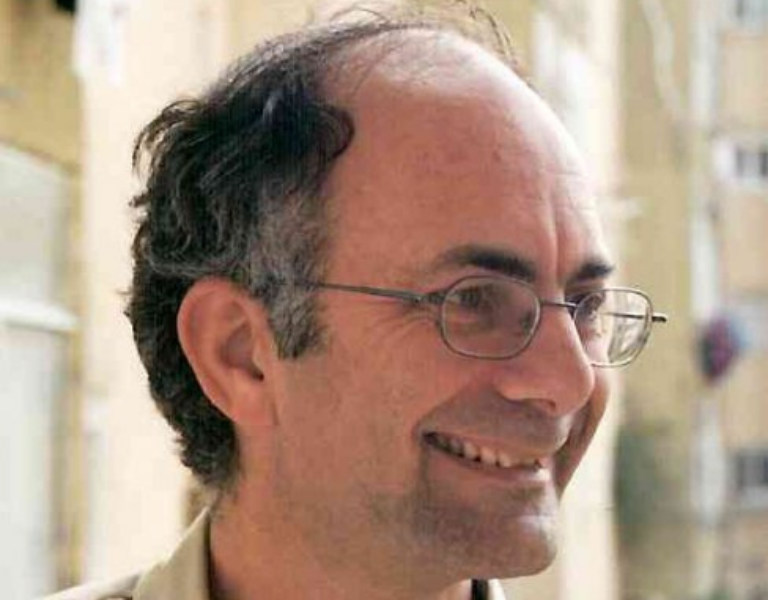
What does a typical IEA encounter look like?
They come, ideally, at least once a month together, for a session of an hour and a half, two hours, something like that. They start with catching up from the last encounter, and then they open up with the theme they selected at the end of the previous encounter. It can be anything that relates to religious and cultural traditions. It can be a figure who appears both in the Torah and the Koran. It can be some concept, or something that relates to life cycles or the year cycles.
They start with presenting the theme from the different religious perspectives. These presentations can be between 10-20 minutes. Then most of the time is spent in conversation that is ignited by these introductions. This is the most important part, when people exchange ideas, talk with each other, look each other in the eye, and interact deeply and positively with each other. Then they wrap up and plan the next encounter.
How do you recruit people to join the encounter groups?
Mostly word of mouth, in friend of friend circles, because usually we don’t have the financial ability to advertise.
We have a very wide variety of participants, including anarchists who demonstrate in Sheikh Jarrah to settlers from Hebron. Perhaps the most surprising group we have is one of settlers and Palestinians from Hebron.
What is the greatest challenge you face?
Funding. I say sometimes it’s easier to get settlers and Palestinians from Hebron to sit together and talk then to put the cookies on the table. Which is a bit of a crazy situation, but it’s the reality.
Stolov recalled a weekend retreat from the Second Intifada era to highlight how the IEA model works.
It started on a Thursday afternoon, and the two groups stayed physically apart very distinctly. At that time, there were no opportunities for people to meet each other. All they knew came from the media, and the media was saying the other was trying to kill them all the time.
So they were hesitant at the beginning. At first dinner, you could see people sitting at separate tables. But then as time passed, you could really see them mixing more and more, people staying during the breaks to continue the conversations, people sharing their thoughts honestly, and listening to each other. And then on Friday night, they were singing together, dancing together, telling jokes.
On Saturday, at the end of the retreat, people hugged and exchanged contact information. This transformation happened in under two days, which shows we are using an effective model.
But I think more, if you can achieve that in less than 48 hours, it means that the conflict itself is less deep than it looks, which I think provides hope and optimism for the general view.
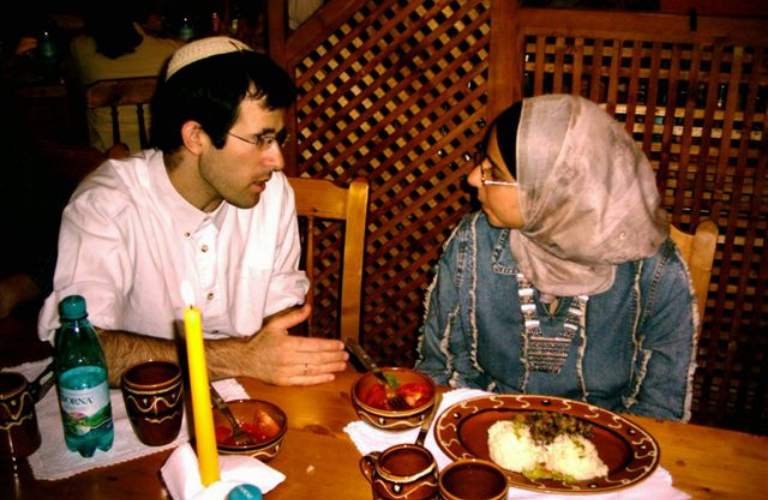
How can people get involved, even overseas?
Everyone can join. We even have groups abroad that people have started. Now we have many encounters online, which people can take part in from abroad. People can join our listserv, organize their own encounters, and of course can donate.
How have the two decades of your activities in this field affected your outlook on the future prospects of Israeli-Palestinian relations?
I think I’m more and more hopeful, because I think more and more Israelis and Palestinians are understanding they have to get off their couches and do something. People come forward and join groups, start new groups, and the activities are growing. I look forward to a situation where they start growing exponentially. And then the change will be quicker.
For more information on the Interfaith Encounter Association, visit: interfaith-encounter.org/en
A video about the IEA can be viewed below:
read more
Join Our Newsletter
Free to Your Inbox
"*" indicates required fields
